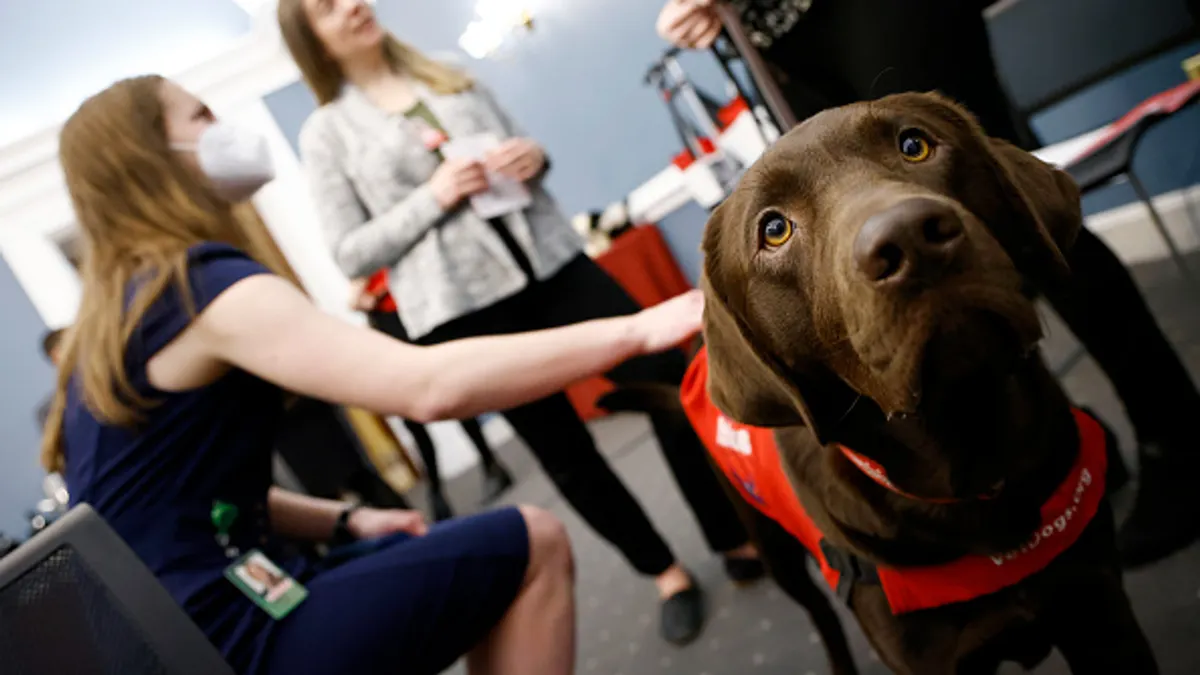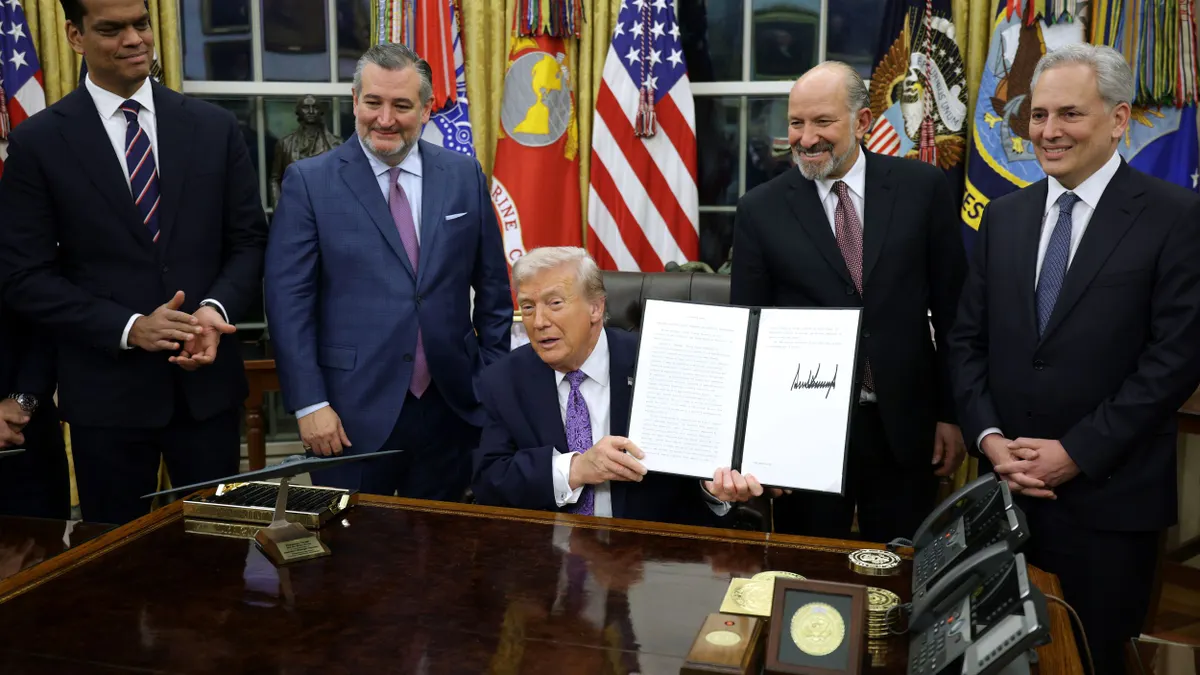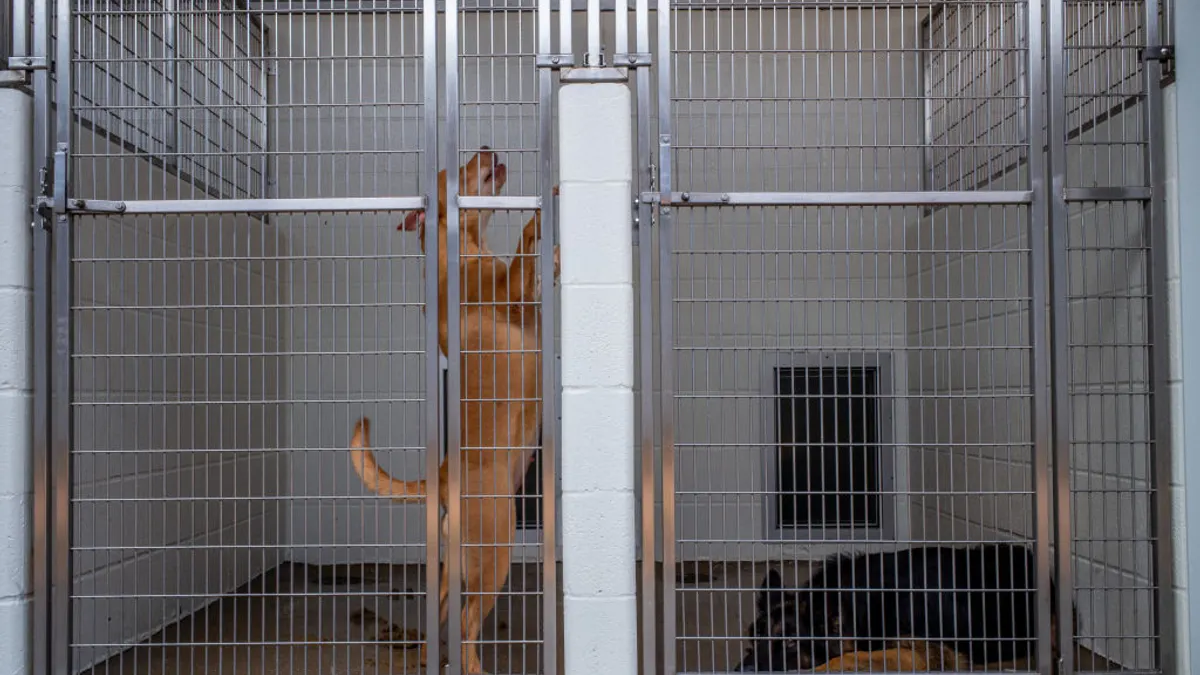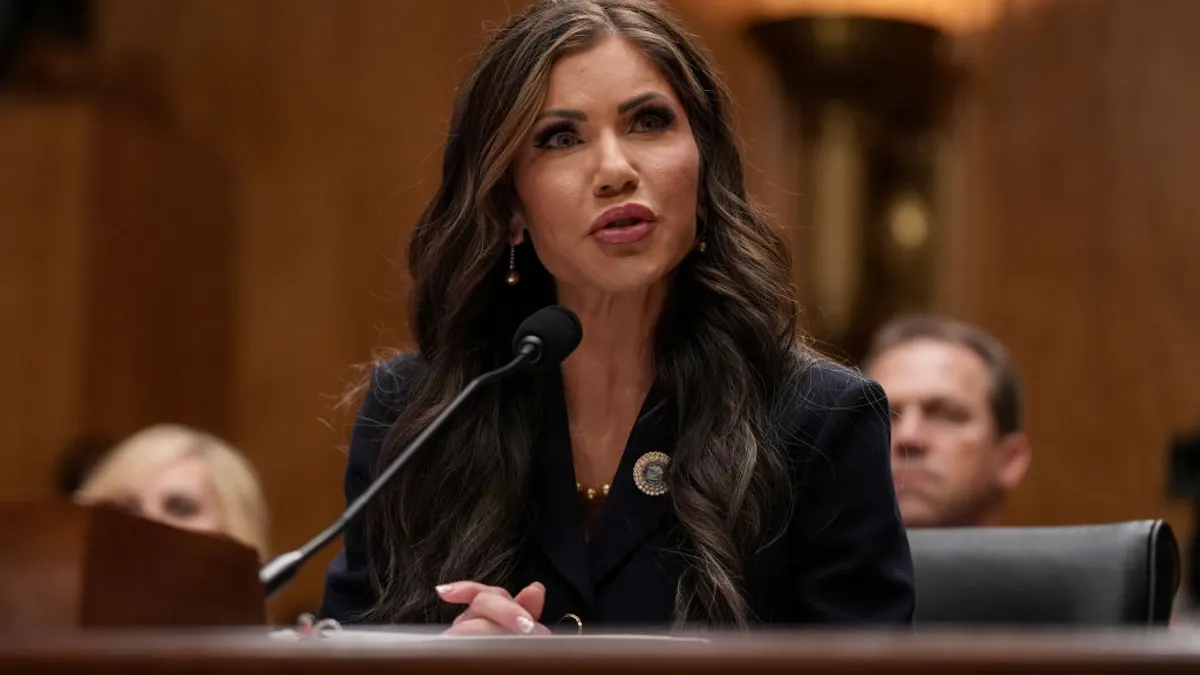SAN FRANCISCO — While workplace sexual harassment is prohibited by sex nondiscrimination laws enforced by the U.S. Equal Employment Opportunity Commission (EEOC), stakeholders last week discussed the possibility of the U.S. Department of Labor getting involved — specifically, its Occupational Safety and Health Administration (OSHA).
During a panel discussion at the American Bar Association's Labor and Employment Law Section annual conference, experts considered potential OSHA involvement in that issue as well as violence and assault. To be clear, there's already a relevant agency guidance, but it considers only physical assault and doesn't carry the weight of a regulation.
There's also some precedent when it comes to citations: To date, one employer has received an OSHA citation after an employee was raped at work, according to Anne R. Godoy, an in-house attorney for OSHA. In that situation, the employer, a home health case provider, ignored employees' complaints about a client's family member. It could have implemented a buddy system or given the employee a panic button, Godoy said, explaining why OSHA determined that the failings were willful.
And then there's a Request for Information issued during the Obama administration. That document sought stakeholder input on potential workplace violence regulations for the healthcare industry. The next review stage — engaging with small business stakeholders, Godoy said — is slated to begin in March 2019.
Still, it's a reach, the panelists agreed. Employer requirements in this area largely comes from the Occupational Safety and Health Act's (OSH Act) general duty clause. And that clause only addresses hazards that are "likely to cause death or serious physical harm."
So whether harassing behavior could meet that standard is "sort of an open question," Godoy said. Some suggested that OSHA could interpret the law to apply to psychological harm, but Godoy wasn't quite sure. "I think physical harm has always been part of the safety standards," she said. "I don't know if there is any leeway in the statute to go beyond [that]."
Possible standards
Placing harassment under OSHA's purview would force employers to look at the issue prospectively, panelists explained. "So many of the laws we have look at things after the fact," said Nicole Marquez, an attorney for Worksafe, Inc., a work safety advocacy organization. "The OSH Act looks ahead" and requires a specific hazard assessment.
Jonathan D. Karmel of the Karmel Law Firm agreed. Title VII of the Civil Rights Act of 1964, for example, only requires action after the fact, he said, but the OSH Act requires that employers have a program in place before there is an incident.
What those program requirements would look like, however, remains the "million dollar question," according to Karmel.
It would certainly expand the number of employers who would have to address the possibility of sexual harassment and assault, experts said, as the OSH Act has no minimum employee threshold.
And it would require the agency and employers to determine what kinds of hazards are really foreseeable. Could that be third-party violence? Employee-employee interactions? It's not as simple as knowing to put a guard on a dangerous piece of machinery, Karmel explained; "that's pretty foreseeable."
Marquez said she suggests that OSHA require employee involvement in the hazard assessment, as well as the development and implementation of the plan. After all, she said, no one know about workplace hazards better than front-line employees.
And Valerie Butera, OSHA counsel for General Motors Company, suggested that plans be required to have a reporting mechanism. "People often don't feel comfortable reporting to HR, which is one of the reasons why I would love to see a standard," she said, adding that ideally, it would allow anonymous reporting.
What about EEOC?
The panelists acknowledged that there would be some overlap when it comes to enforcement. Many of the issues discussed can be prosecuted criminally, and EEOC could still enforce the law as courts have interpreted it. Concerned about the possibility of conflicting requirements, one audience member asked Godoy about the possibility of an affirmative defense to civil rights complaints; "can we say to EEOC, we have a clean audit from OSHA; dismiss the charge?"
"I think that's an interesting point," Godoy replied. It's something to be considered down the road, "but no, there's no [Memorandum of Understanding] between OSHA and EEOC" today. But, she said, "if that rulemaking does proceed, that's probably something that would end up coming up."
But even without a rulemaking, Godoy urged employers to think of sexual harassment and assault as not just an EEO issue, but also a workplace safety issue. There shouldn't be an acceptance that for some positions, it just "comes with the job."
"This is something employers should be taking seriously and looking at from a health and safety perspective," she said. They should be asking themselves what they can do to abate this hazard, "and I don't know that under Title VII that's necessarily the viewpoint." Ask yourself, she said: "What can we do to reduce or eliminate this hazard?"





















